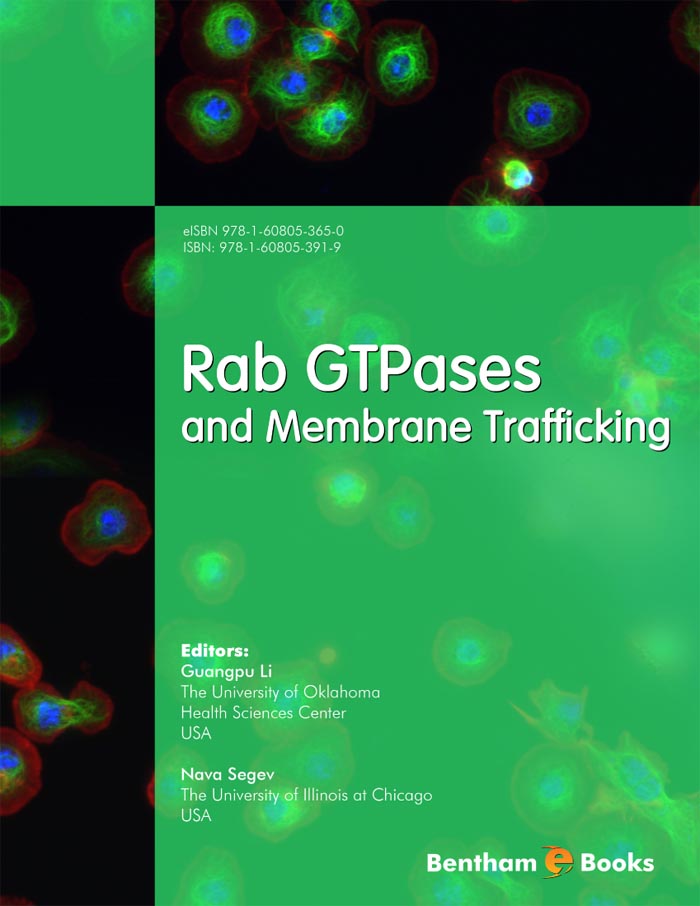Introduction
Ypt/Rab GTPases form the largest branch of the Ras-related small GTPase superfamily and regulate intracellular membrane trafficking in all eukaryotes. Since their discovery over two decades ago, a wealth of information has accumulated about the roles that Ypt/Rab proteins play in vesicular transport steps, including vesicle budding, movement, and fusion. In recent years, Ypt/Rab GTPases and membrane trafficking have been discovered to play an important role in other cellular processes, such as signal transduction, cell growth and differentiation. Additionally, Rab GTPases have been implicated in various human diseases, ranging from diabetes to cancer. This e-book provides a timely update on the rapidly developing field and discusses all functional aspects of Ypt/Rab GTPases. The 12 chapters cover well-characterized Ypts/Rabs involved in both exocytic and endocytic pathways as well as newly identified and uncharacterized Rab GTPases. A comprehensive picture about how each Ypt/Rab controls multiple vesicular trafficking steps via interactions with multiple effectors is conveyed to the reader’s mind.
This e-book is the first ever volume focused on the Ypt/Rab GTPases and should provide a useful resource for researchers, students and teachers interested in the field.

